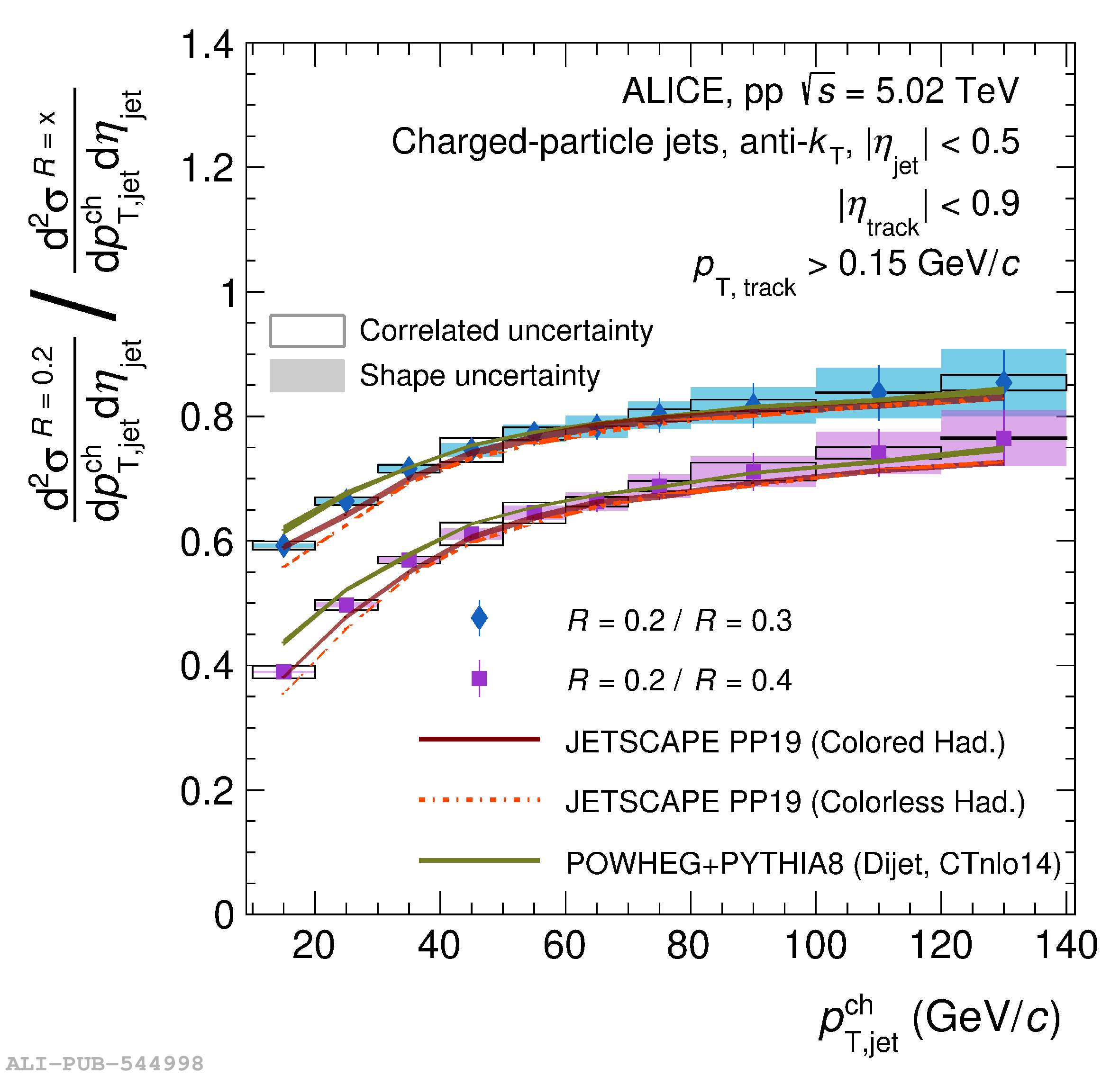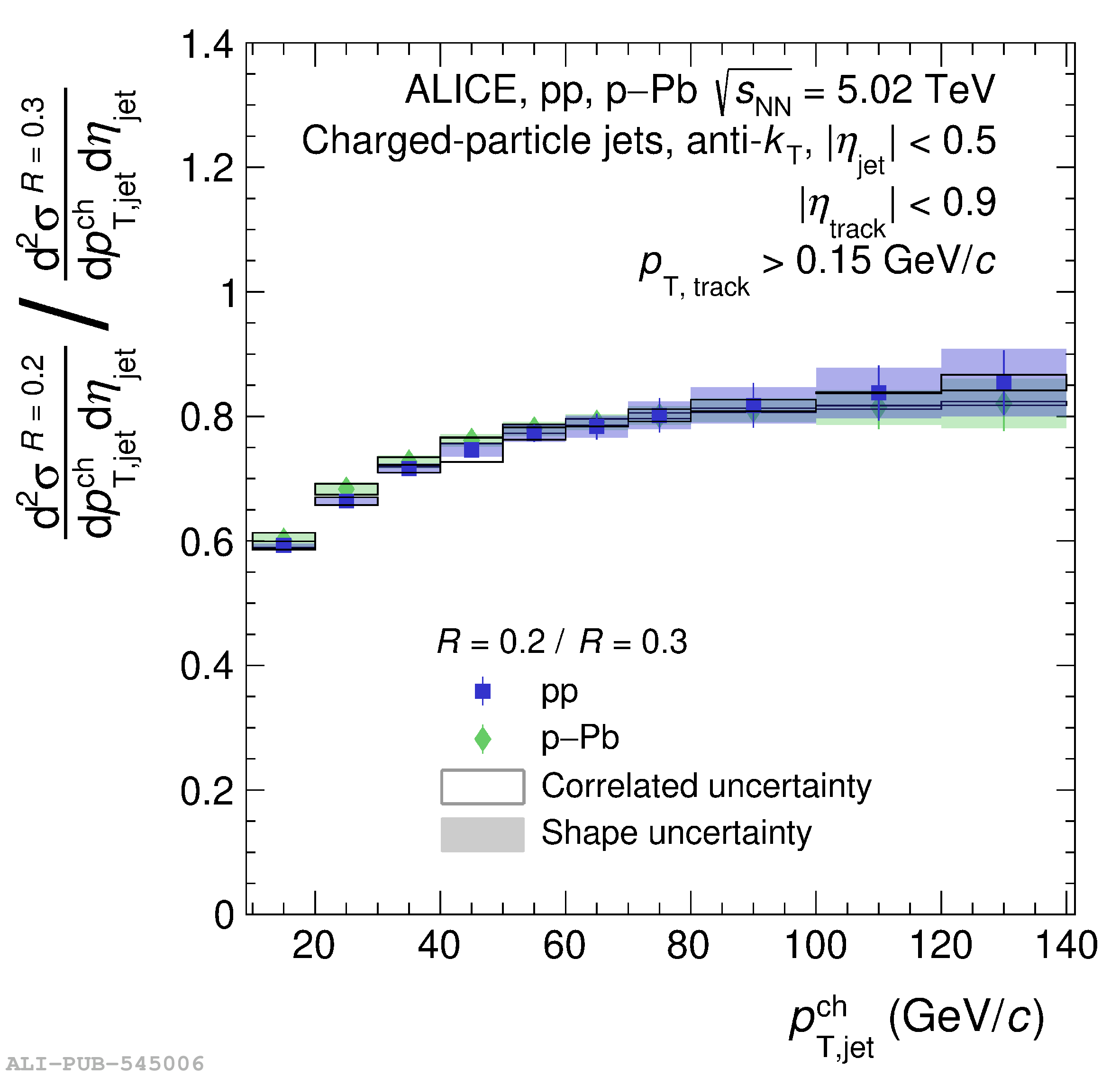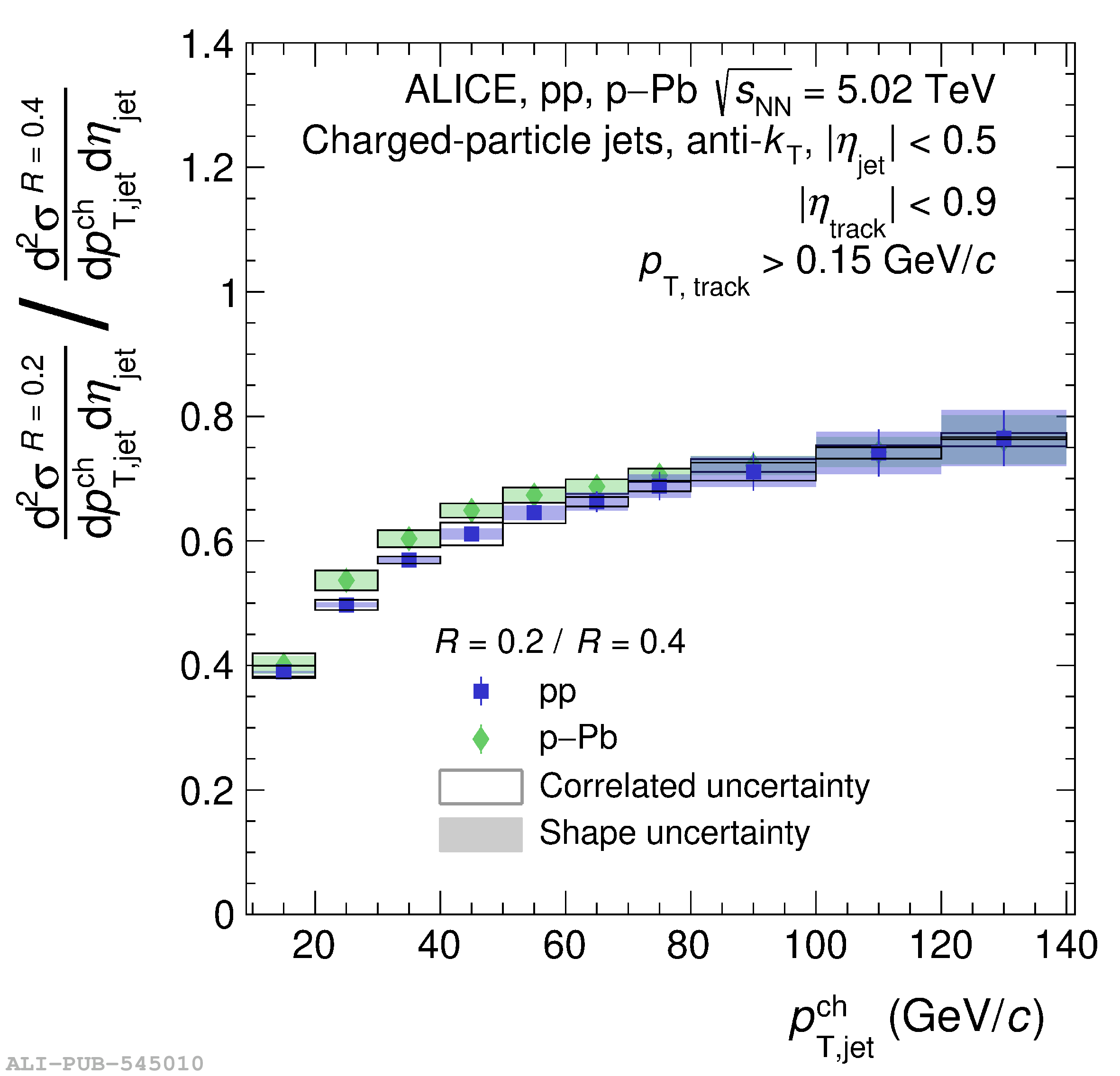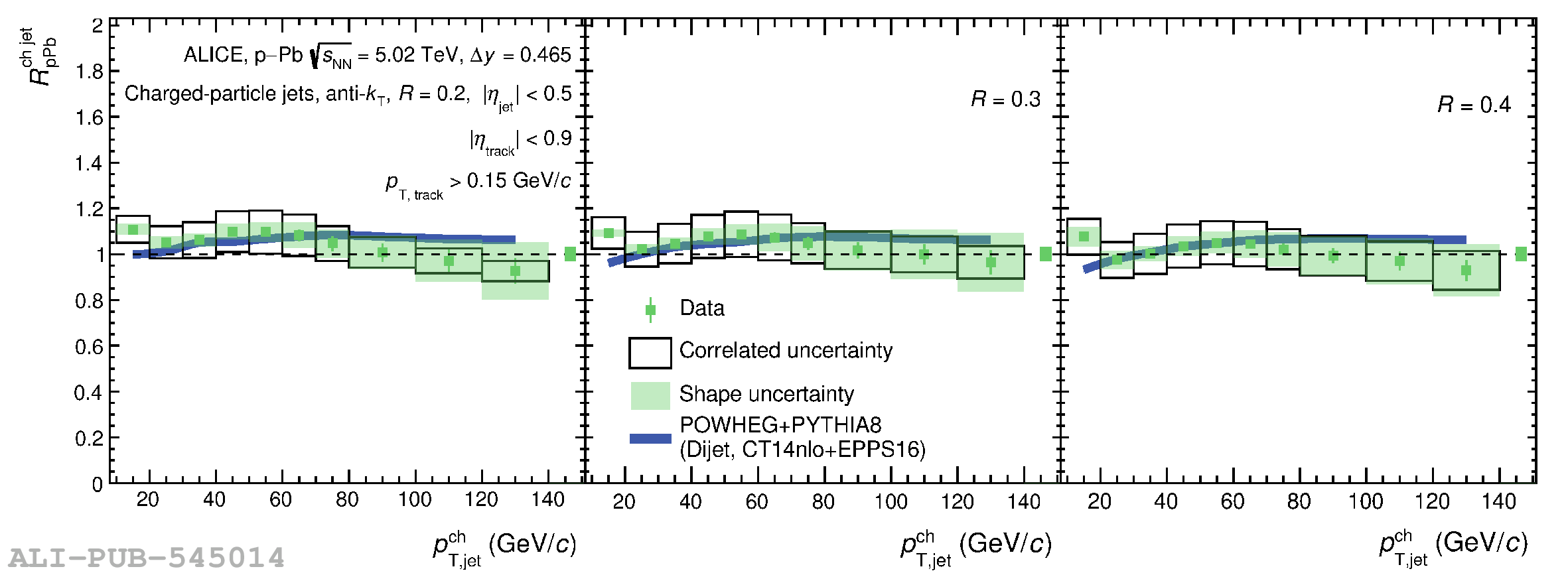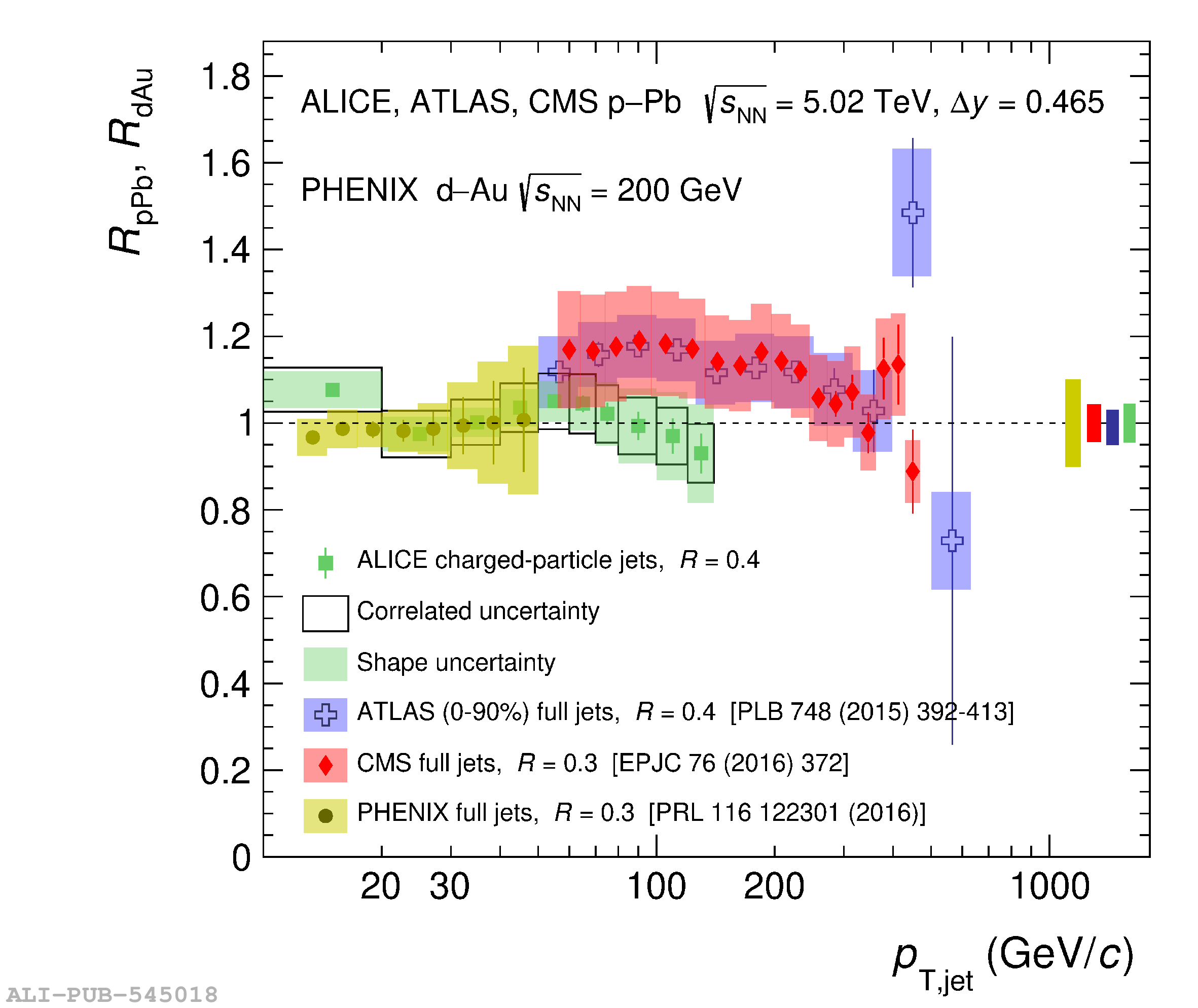Measurements of inclusive charged-particle jet production in pp and p-Pb collisions at center-of-mass energy per nucleon-nucleon collision $\sqrt{s_{\rm NN}} = 5.02$ TeV and the corresponding nuclear modification factor $R_{\rm pPb}^{\rm ch\,jet}$ are presented, using data collected with the ALICE detector at the LHC. Jets are reconstructed in the central rapidity region $|\eta_{\rm jet}| <~ 0.5$ from charged particles using the anti-$k_{\rm T}$ algorithm with resolution parameters $R = 0.2$, 0.3, and 0.4. The $p_{\rm T}$-differential inclusive production cross section of charged-particle jets, as well as the corresponding cross section ratios, are reported for pp and p-Pb collisions in the transverse momentum range $10 <~ p^{\rm ch}_{\rm T,jet} <~ 140$ GeV/$c$ and $10 <~ p^{\rm ch}_{\rm T,jet} <~ 160$ GeV/$c$, respectively, together with the nuclear modification factor $R_{\rm pPb}^{\rm ch\,jet}$ in the range $10 <~ p^{\rm ch}_{\rm T,jet} <~ 140$ GeV/$c$. The analysis extends the $p_{\rm T}$ range of the previously-reported charged-particle jet measurements by the ALICE Collaboration. The nuclear modification factor is found to be consistent with one and independent of the jet resolution parameter with the improved precision of this study, indicating that the possible influence of cold nuclear matter effects on the production cross section of charged-particle jets in p-Pb collisions at $\sqrt{s_{\rm NN}} = 5.02$ TeV is smaller than the current precision. The obtained results are in agreement with other minimum bias jet measurements available for RHIC and LHC energies, and are well reproduced by the NLO perturbative QCD POWHEG calculations with parton shower provided by PYTHIA8 as well as by JETSCAPE simulations.
JHEP 05 (2024) 041
HEP Data
e-Print: arXiv:2307.10860 | PDF | inSPIRE
CERN-EP-2023-131
Figure group



